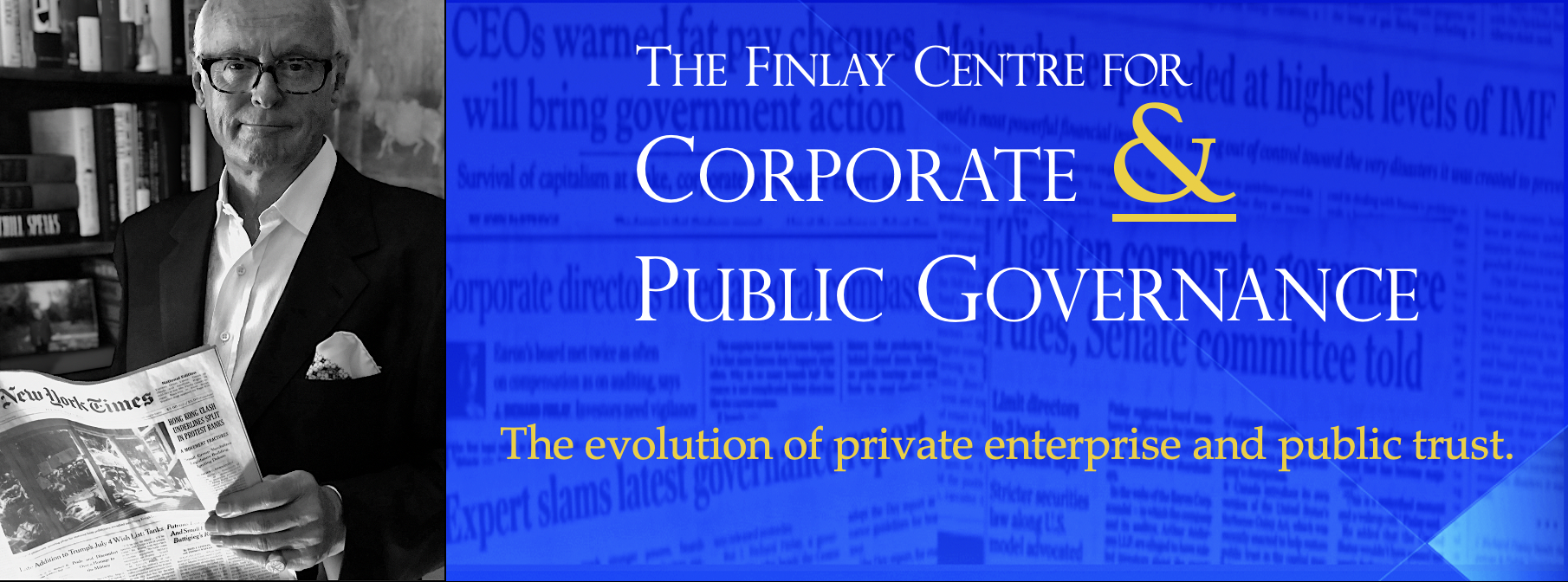It would be foolish to conclude that Apple’s glowing status today is due in part to its anomalous boardroom style, or that there will never be a time when its directors will need to be fully engaged to deal with a real crisis. They are ill-prepared for that eventuality.
The Wall Street Journal had an unusual piece on Apple’s corporate governance the other day. We use the term “unusual” because there has not been much mainstream analysis of the board structure of the company that has been on such a winning streak. That needs to change. The Journal’s article was prompted by the death of Jerome York, an independent director who served on Apple’s board and headed its audit committee. What was previously a tiny board is now down to a mere six members, including CEO Steve Jobs. No company anywhere near Apple’s market cap has such a bizarre board regime, or so few directors who spend less time in the boardroom. We raised some of these issues in 2006.
In 2009, the board met on only four occasions, as did most of its committees. That is two or three times less often than at most other major companies. You might have seen that kind of leisurely approach to corporate governance in the 1950s. It’s not what you expect for one of the world’s most valued companies in the 21st century.
Then there is the strange case of who chairs the board. We assume Steve Jobs fills that role, too, but the function is not listed among his duties or job description in proxy filings. Apple is the only company we have encountered in more than 30 years of studying corporate governance that keeps shareholders in the dark about who actually chairs the board. Best corporate governance practices have long called for separation of the posts of CEO and board chairman, with the latter slot being filled by an independent director. This is an important principle in any listed company but it is even more critical in a case like Apple’s where so much investor focus and corporate power is centered on Mr. Jobs. While Mr. Jobs is widely viewed as being pivotal to the company, the board has a duty to mitigate that exposure by at least providing some couterweight among independent directors. It also needs to show investors that Apple’s directors are not entirely mesmerized by Mr. Jobs and can think independently about the best long-term interests of the company.
Perhaps the board thinks it is making up for this weakness by having two co-lead directors. But this only deepens the mystery of Apple’s governance. We have likened the role of lead director before to that of the first runner-up in the Miss America pageant. It really doesn’t have much clout alongside a CEO who is also chairman of the board, especially since both Andrea Jung (chairman and CEO of Avon Products) and Dr. Arthur D. Levinson (chairman of Genentech) also have substantial governance obligations with major corporations and public institutions. Having two lead directors is ridiculous. You might as well appoint every one of the five independent directors co-leads and be done with it.
The stock option deal enjoyed by Apple’s non-employee directors is also troubling. They should not be on the same track as management. Nor should their stakes be such that they might be perceived to have an interest in holding back bad news or be unwilling to take on management because it will affect their bank accounts. Compensation for Apple’s five independent directors in 2009 ranged from $436,372 for Albert Gore Jr. to $1,004,224 for Mr. York. Most major boards realize that director stock options are a no-no.
It would be foolish to conclude that Apple’s glowing status today is due in part to its anomalous boardroom style, or that there will never be a time when its directors will need to be fully engaged to deal with a real crisis. How would the board act on such an occasion? The stock options backdating fiasco Apple faced some years ago and, later, the confused and conflicting blunders about Steve Jobs’s health problems were two large red flags that signaled major changes were needed in Apple’s boardroom. Unfortunately, its directors appear to be waiting for anther disaster before they climb out of their 1950s sleeping car and into the 21st century.
It is one thing for Apple’s shareholders to be afflicted by the illusion of invincibility that surrounds the company at this uniquely successful but arguably impermanent point in its history. It is quite another for its directors themselves to succumb to that vice.
